Optimal Timing for Furniture Restorations
Furniture restorations are most effectively performed during specific periods that consider environmental conditions and furniture condition. Timing can influence the quality and longevity of the restoration work.
Spring and fall are ideal for furniture restorations due to moderate temperatures and humidity levels, which help in proper drying and curing.
Avoid restorations during extreme heat or cold, as temperature fluctuations can affect adhesives, finishes, and materials.
Restoration should be scheduled when furniture shows signs of deterioration but is still structurally sound for effective repair.
Timing may depend on the urgency of the restoration, with priority given to pieces needing immediate attention to prevent further damage.

A professional workspace equipped for detailed furniture restoration.
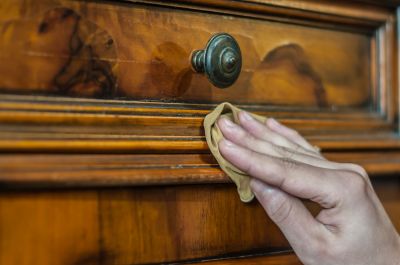
Applying finishes to restore furniture's appearance and protection.

A beautifully restored antique piece showcasing craftsmanship.

Ways to make Furniture Restorations work in tight or awkward layouts.
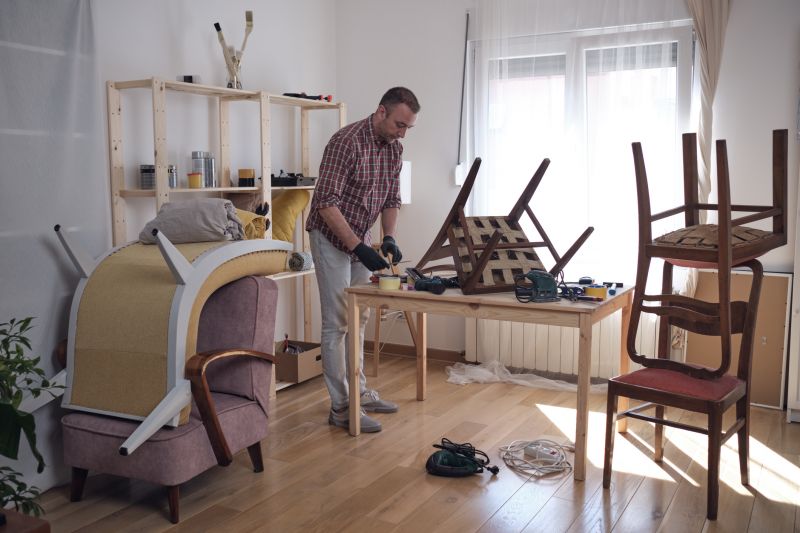
Popular materials for Furniture Restorations and why they hold up over time.
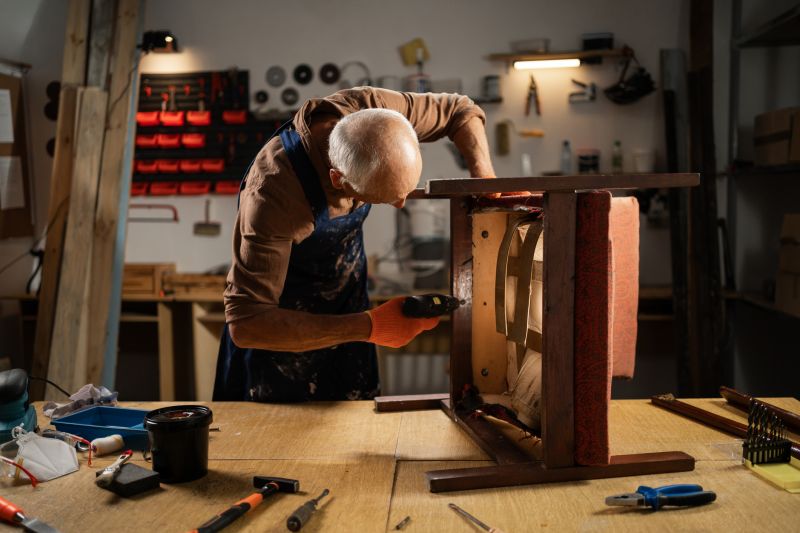
Simple add-ons that improve Furniture Restorations without blowing the budget.
| Factor | Impact on Restoration Timing |
|---|---|
| Humidity Levels | Affects drying times and finish curing |
| Temperature | Influences adhesives and paint application |
| Furniture Condition | Determines readiness for restoration |
| Project Urgency | May require scheduling outside ideal conditions |
| Resource Availability | Impacts scheduling and project planning |
| Seasonal Weather | Can cause delays or damage if not planned for |
| Material Supplies | Availability can influence timing |
| Restorer Availability | Scheduling depends on professional workload |
Furniture restorations involve repairing, refinishing, and revitalizing pieces to extend their lifespan and enhance aesthetic appeal. Proper timing ensures optimal results, with environmental factors playing a critical role. Restorations can include stripping old finishes, repairing structural damage, and applying new finishes or upholstery. Statistics indicate that furniture restored during favorable conditions has a 20-30% longer lifespan and better finish adhesion. Restoring furniture not only preserves historical or sentimental value but also maintains functional integrity for years to come.
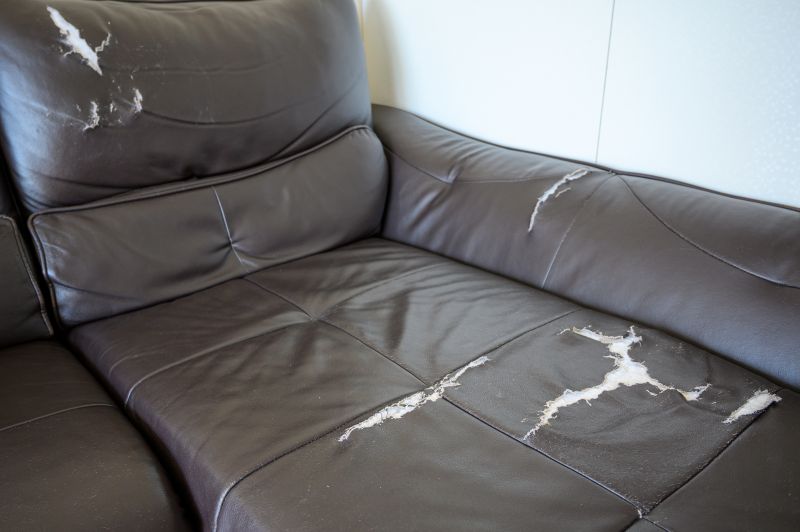
A piece showing signs of wear and damage.

Work underway to repair and refinish furniture.
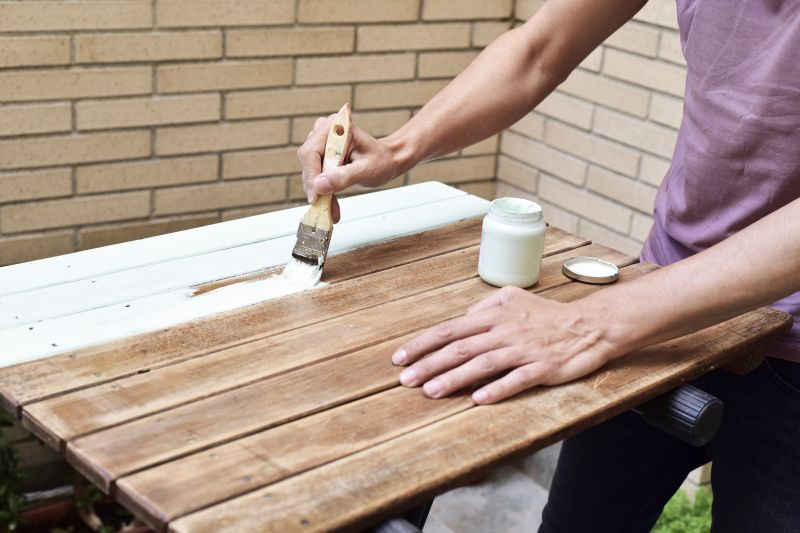
A restored piece highlighting craftsmanship.

Close-up of intricate restoration techniques.

High-end options that actually feel worth it for Furniture Restorations.

Finishes and colors that play nicely with Furniture Restorations.
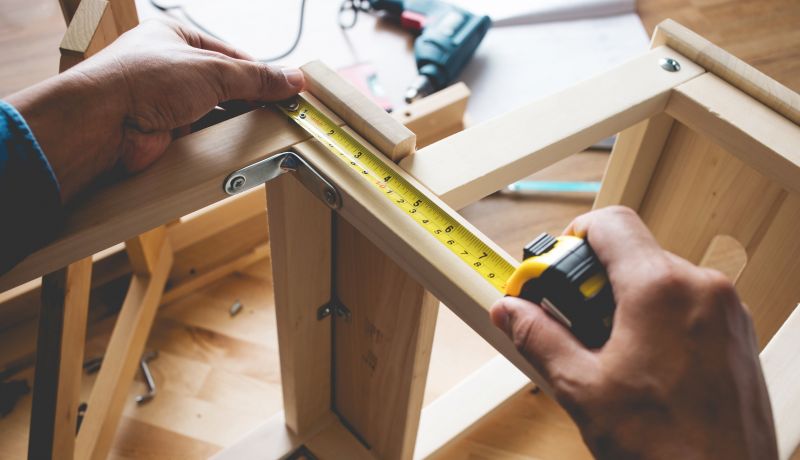
Little measurements that prevent headaches on Furniture Restorations day.
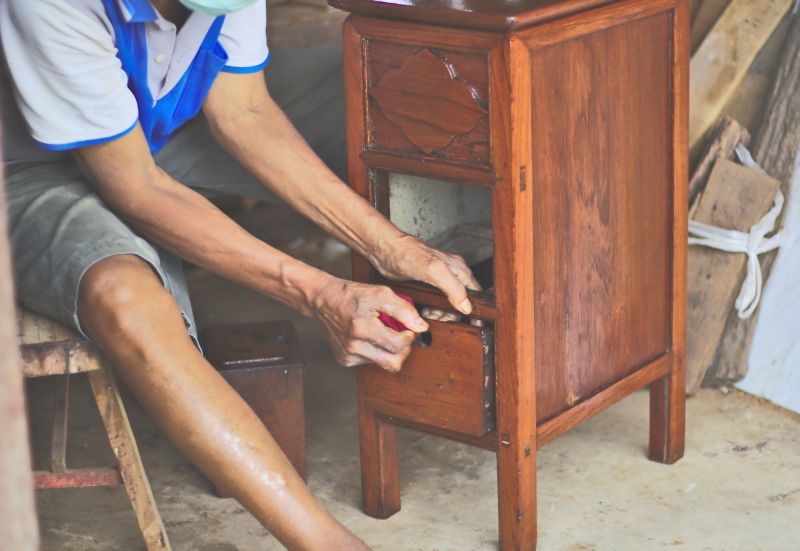
A 60-second routine that keeps Furniture Restorations looking new.
Interested in restoring furniture to preserve its beauty and function? Filling out the contact form can connect you with experienced professionals who can advise on the best timing and methods for your specific pieces.



